We have now contacted a brother and his sister (who also tested), third cousins who share the same great-great-grandparents: Mary Ann GREEN (1816-1862) and Thomas BOORMAN (1810-1894), a wheelwright and coach maker in Wandsworth Surrey England on the south shore of the Thames. Terry is descended from their son William Scoons BOORMAN, and these newly found cousins are descended from William’s younger sister Louisa BOORMAN.
 Photo courtesy of S. Seeley, MyHeritage
Photo courtesy of S. Seeley, MyHeritage
Louisa was born on 30 Jan 1844 in Wandsworth, Surrey, the 5th of fourteen siblings, and no doubt named after her maiden Aunt Louisa BOORMAN (1808-1879) I have written previously about her father Thomas’s four sisters, and his own large family. Louisa the younger is listed in the 1851 and 1861 census, living on the south side of High Street in Wandworth with her parents and many of her siblings. So she grew up in this London neighbourhood.
On 25 Aug 1864 Louisa married George Thomas Seeley, a 20-year-old clerk of New Wandsworth. As non-conformists they were married in the East Hill United Reformed Church in Wandsworth. George was probably her relative as well, although researchers disagree on the exact path of this connection. George’s maternal grandmother may have been Susannah BOORMAN (1776-1846) who married William TAMKIN.
Louisa and George didn’t waste any time starting a family. By 1871 they already had 4 children: Florence age 5, Fred George age 4, Arthur W age 2, and Catherine age 8 months. The young family family was then living at 7 Wilton Road in Hammersmith, London where George worked as an organist and music teacher. Their two oldest children had been born in Battersea, just east of Wandsworth. Arthur was born in Wandsworth, and Catherine was born in Hammersmith on the north shore. So they were trying their luck in a variety of London area neighbourhoods.
The trend continued, and by 1881 this SEELEY family had traced a path from Hammersmith to Shepherds, back to Battersea and then on to West Ham in Essex where they lived at 1 Maud Villas, and where George was working as a clerk for the Iron Works. Their family had grown to include seven children, with the added Reginald age 8, William S age 6, and Walter H age 3. By 1891 they were living in Tatsfield Surrey with 7 children ranging in age from 25 to 2. The youngest children now included Gertrude age 9, Edgar age 6, Margaret age 3 and Mabel age 2. In 1901 only Margaret and Mabel were still at home, which was then at Freshfield Cottage in Horsted Keynes in the Cuckfield and Lindfield area of Sussex. In all Louisa and George SEELEY had a dozen children, with seven of them being boys including Clement who died as an infant in 1880.
Zoom in (+) to access partially hidden markers.
I wish I knew more personal details of Louisa’s long life. Her portrait, which reportedly was taken in 1916 when she would have been 72, hints at a strong character. But that's just my impression. We look forward to learning more about Louisa and her descendants from Terry’s new DNA cousins.
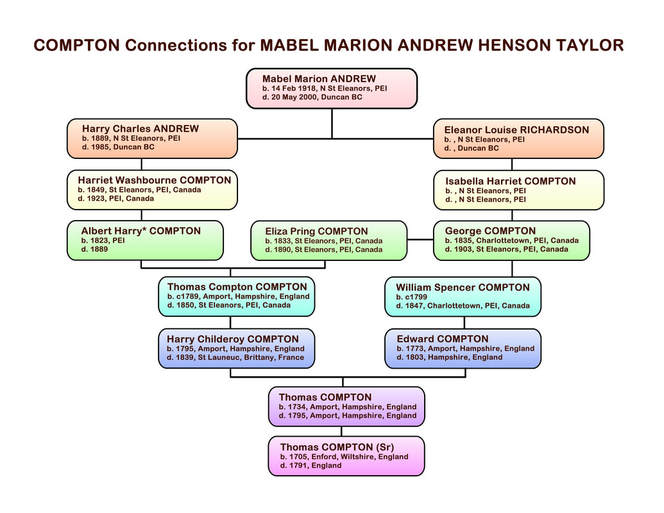
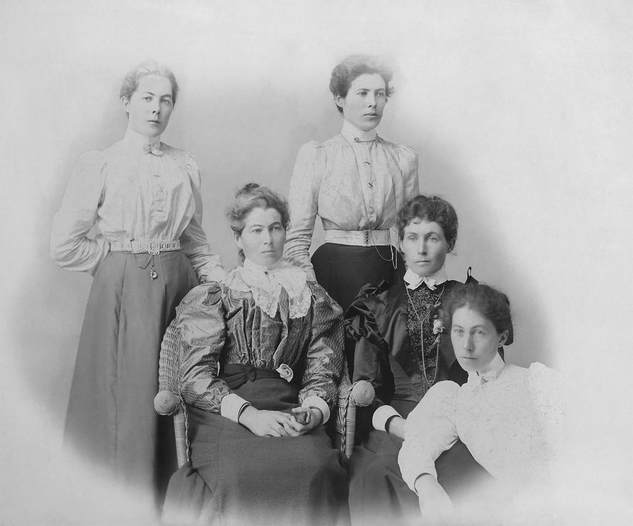
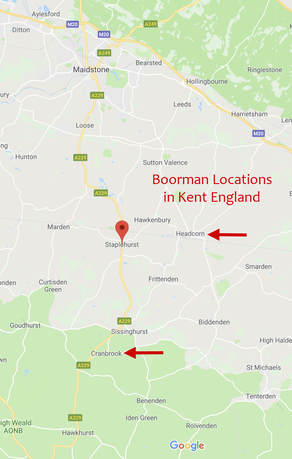

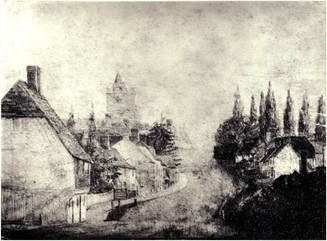
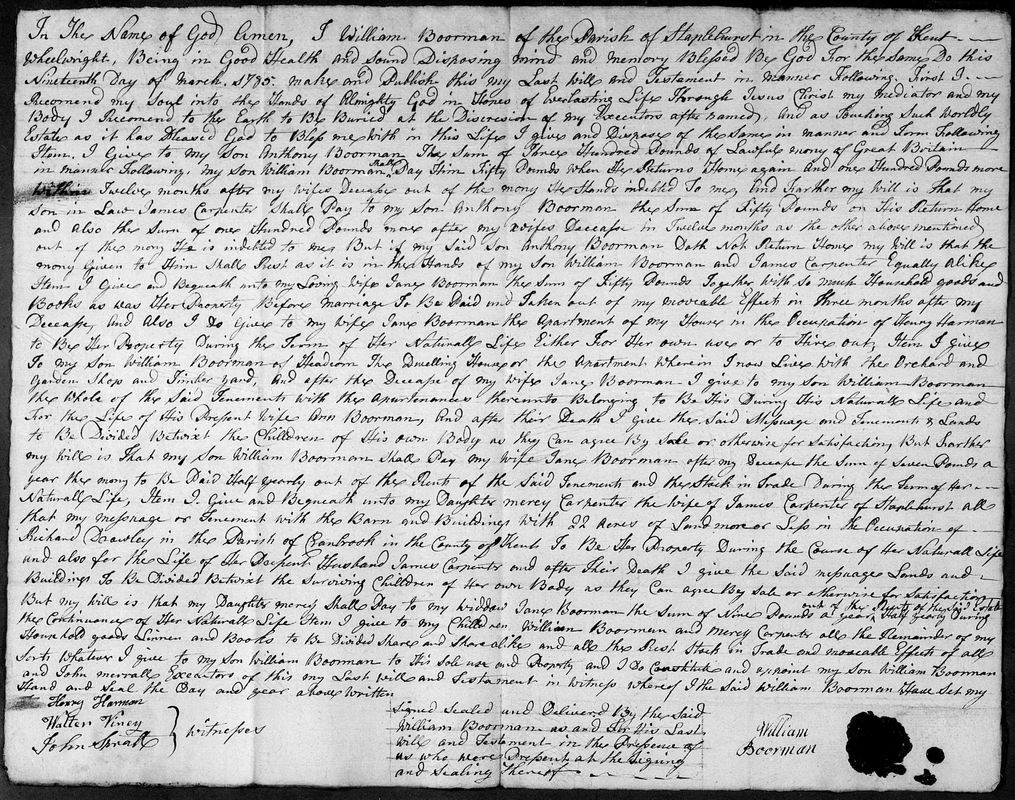

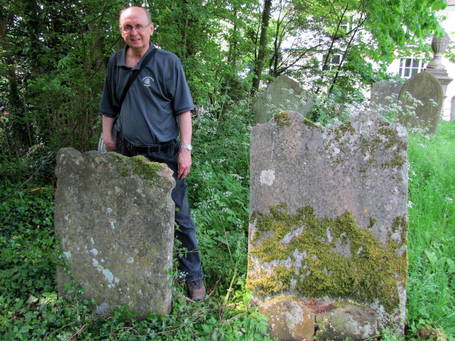


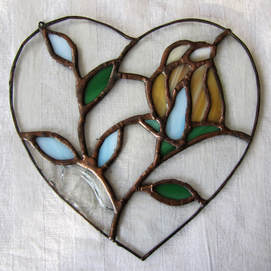
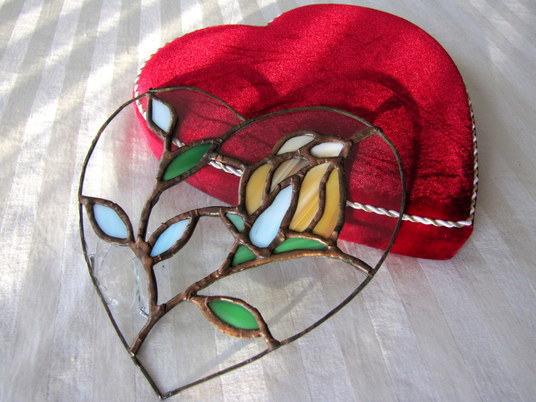
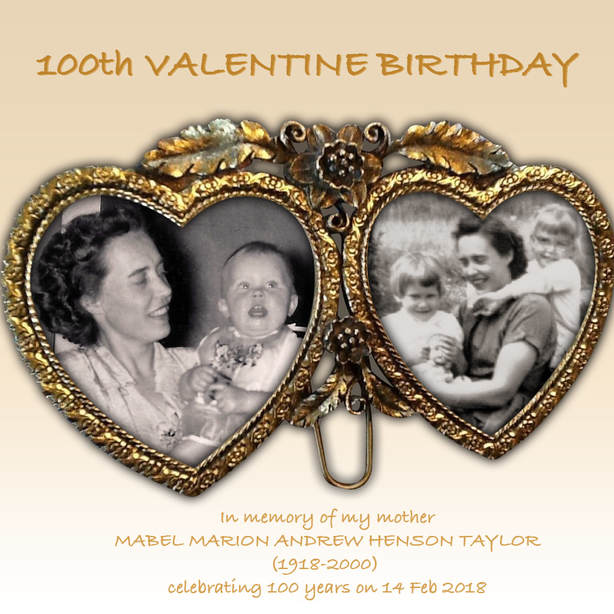
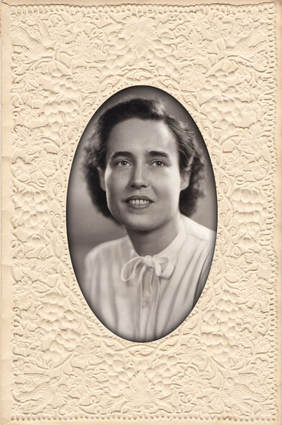
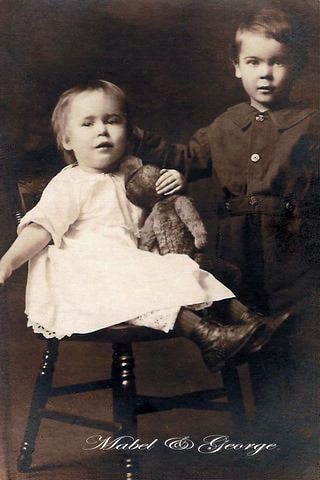
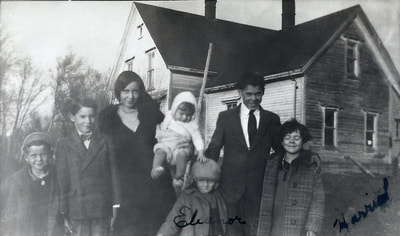

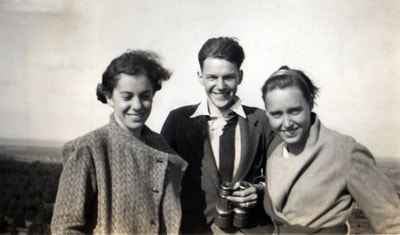
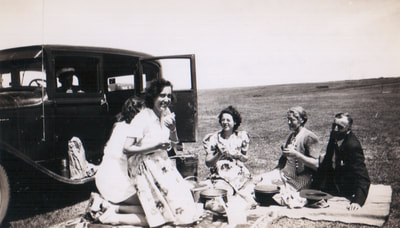
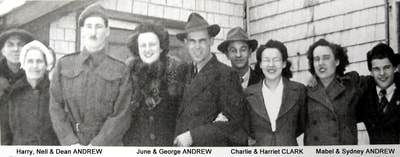
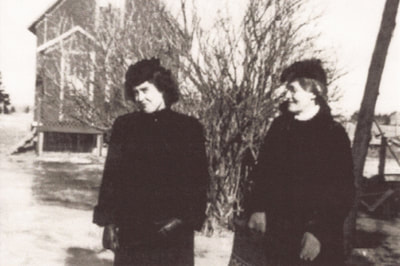
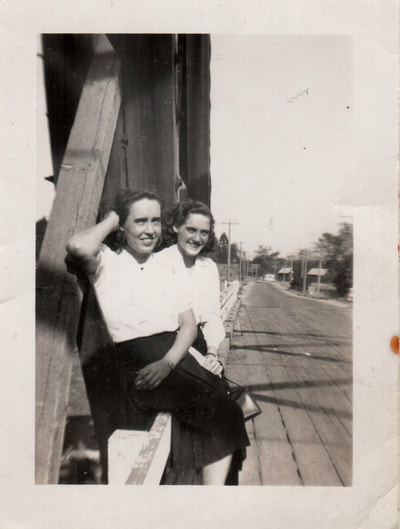
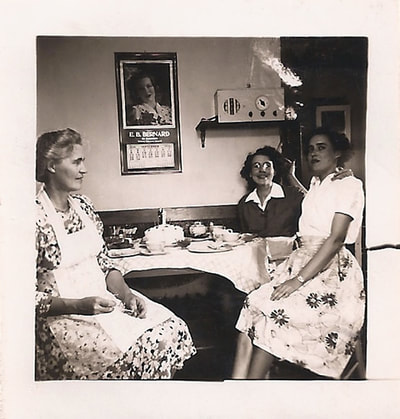

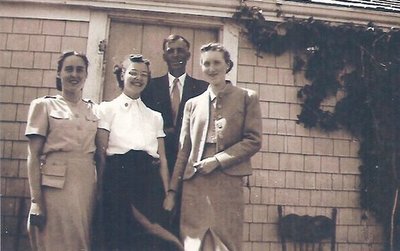
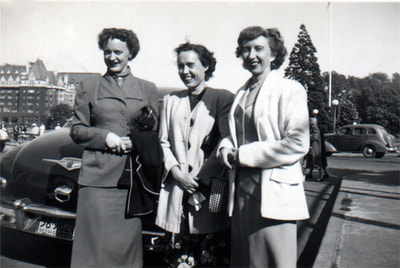
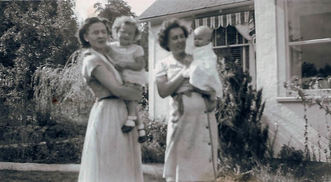
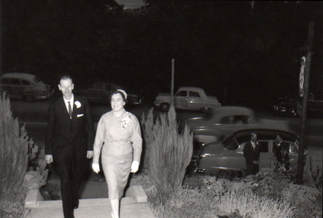
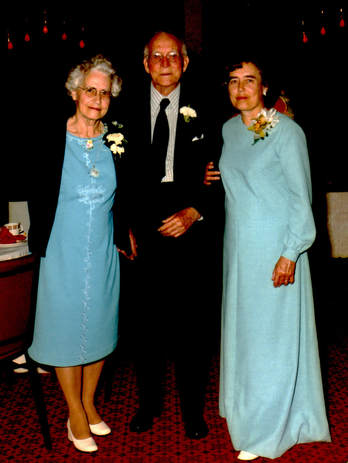

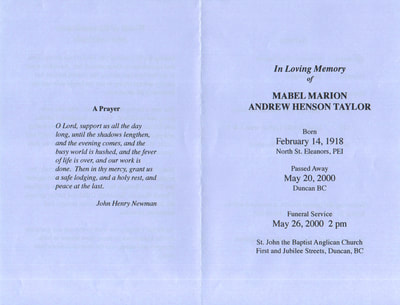
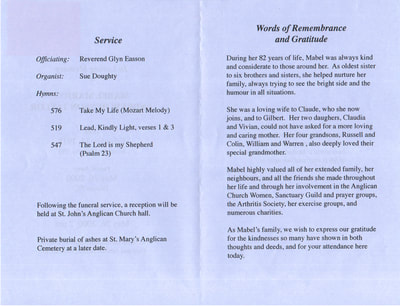
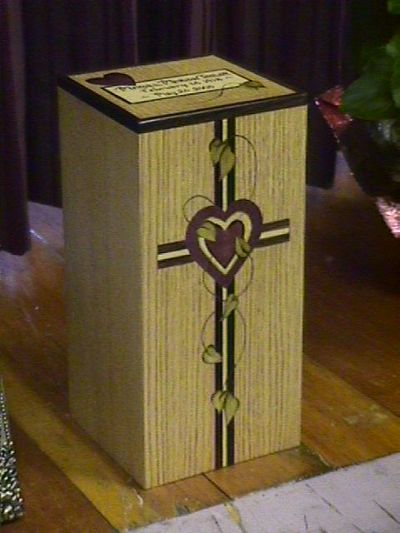

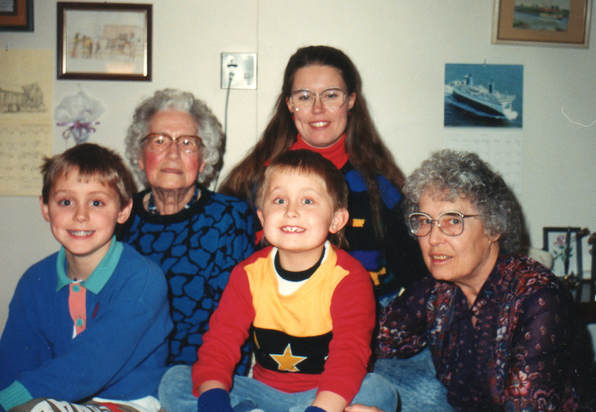
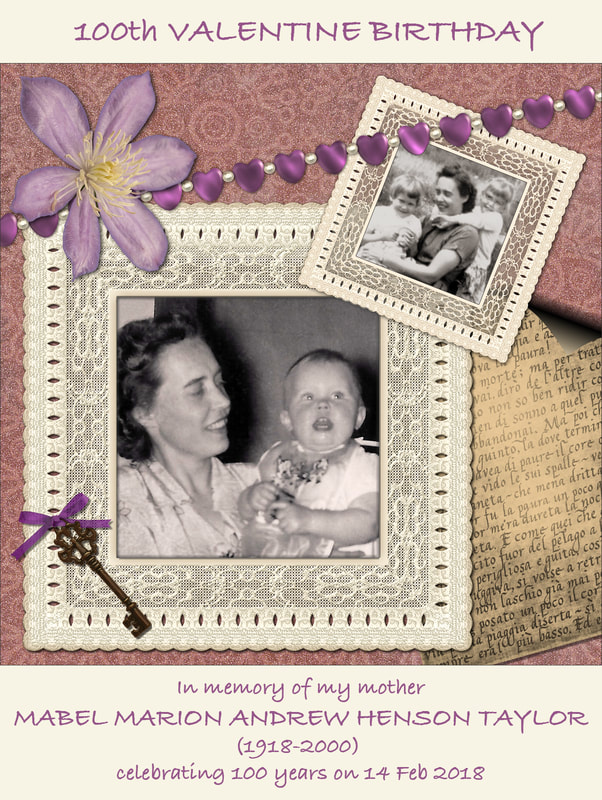
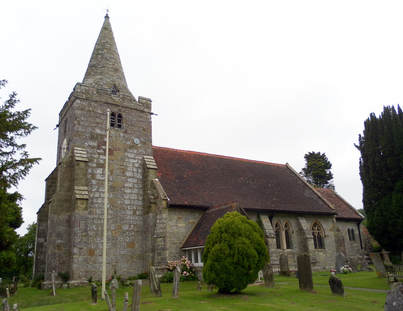

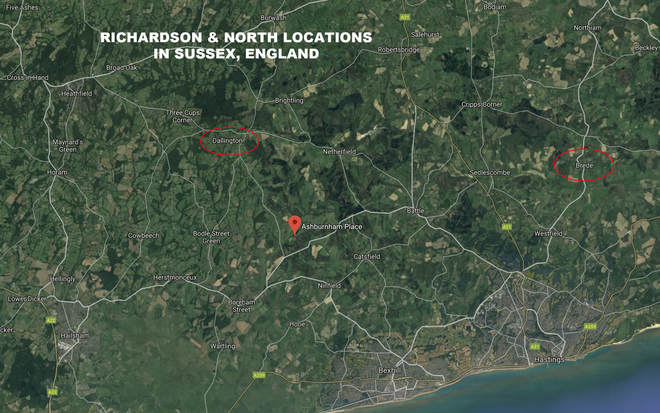
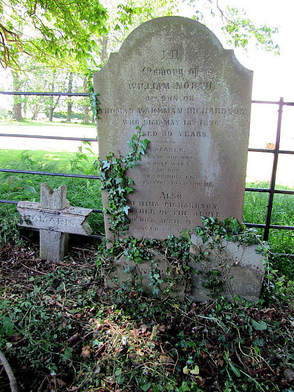


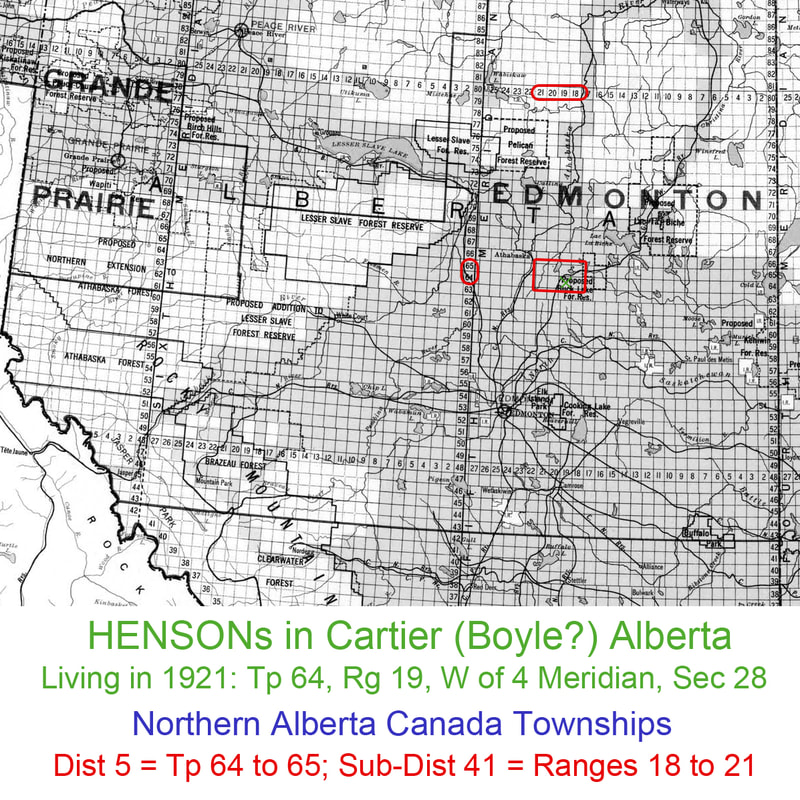
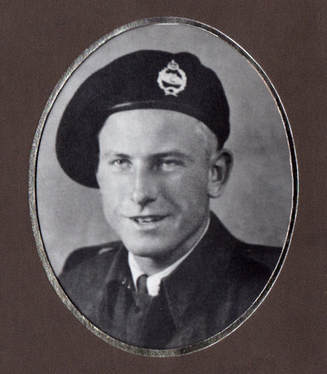
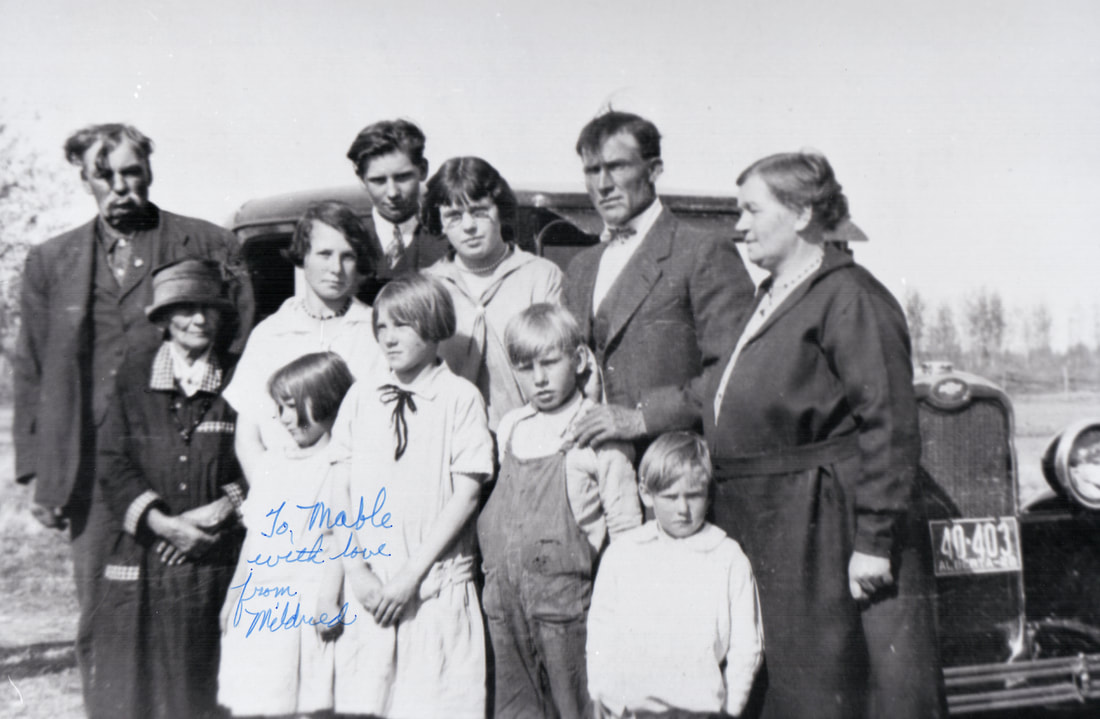
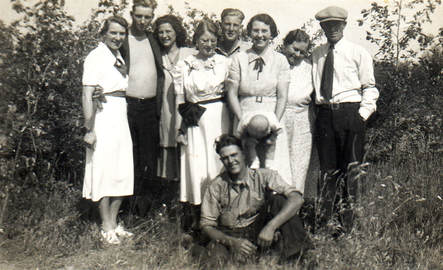

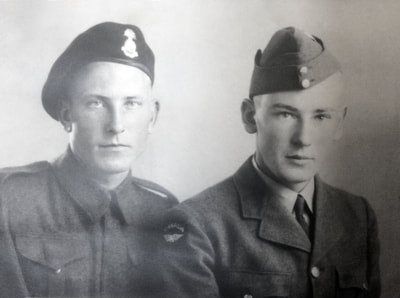

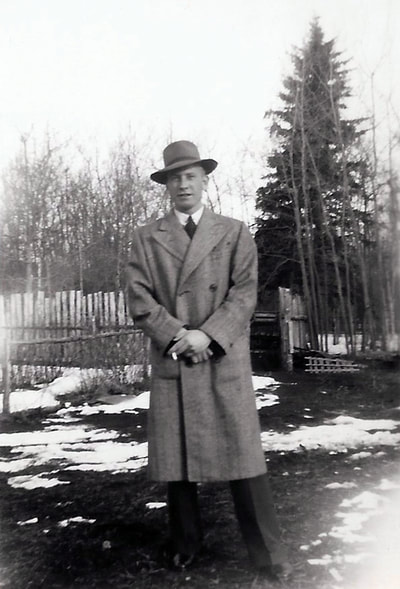
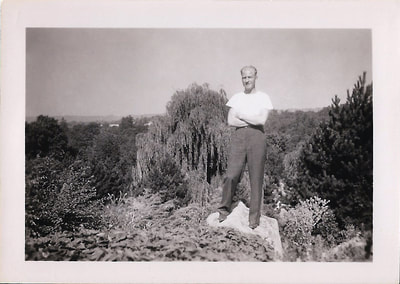
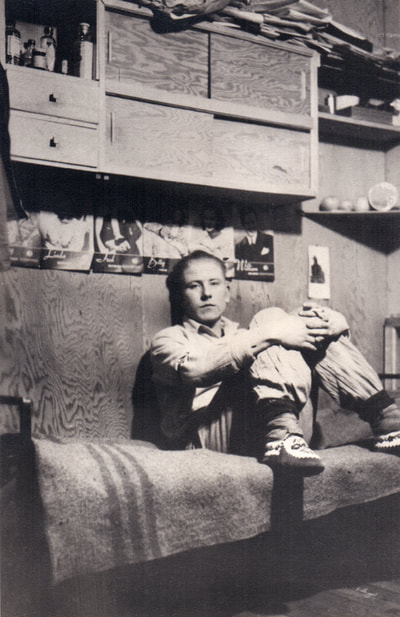

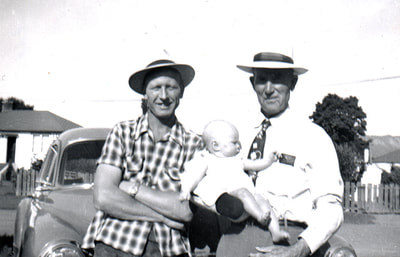


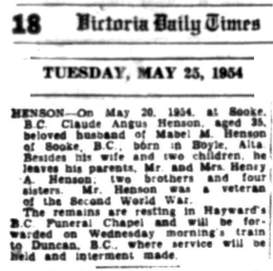

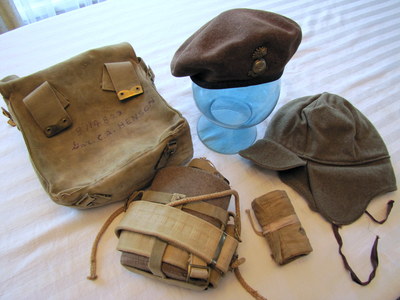
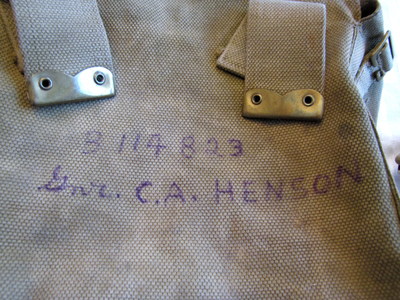
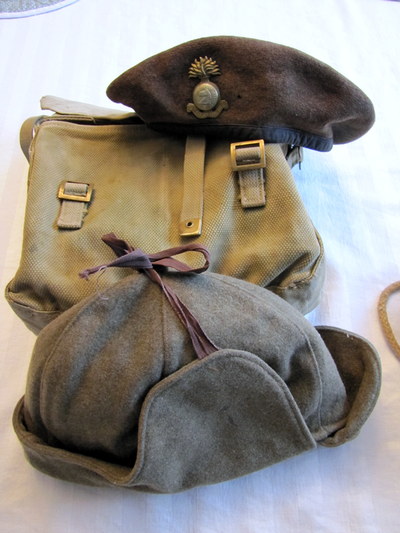
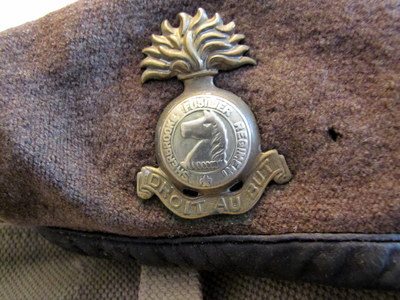
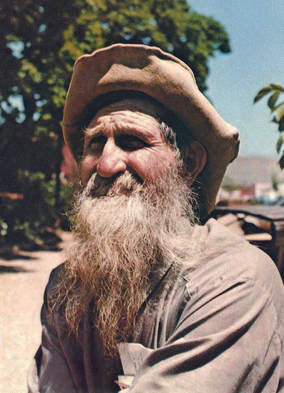
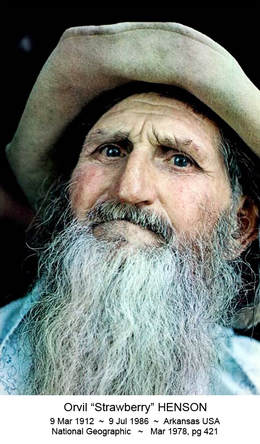
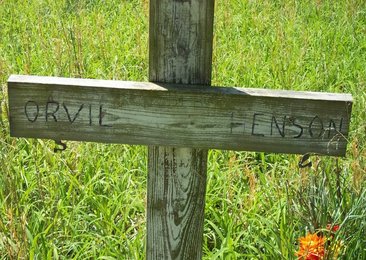
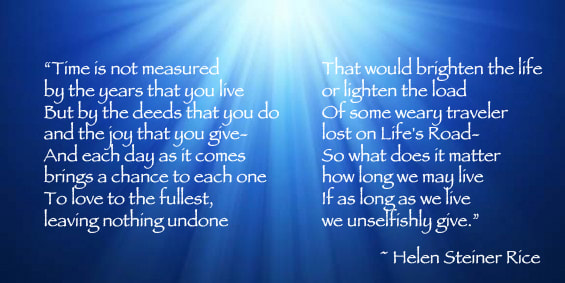
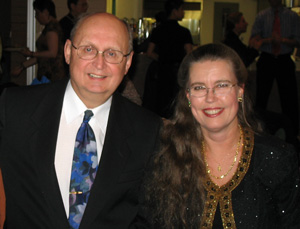
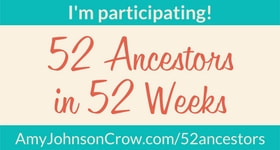
 RSS Feed
RSS Feed
